Skylab was America’s first space station and first crewed research laboratory in space. The complex consisted of four major components: the Orbital Workshop (OWS), the Airlock Module (AM), the Multiple Docking Adapter (MDA), and the Apollo Telescope Mount (ATM). The Apollo Command and Service Module transported crews to and from Skylab and remained attached to the station throughout a crew’s occupancy. The OWS, converted from the upper stage of a Saturn rocket, served as the main working, living and sleeping compartment for the crews, and contained exercise equipment, a galley, and many of the scientific experiments, in particular for the life sciences studies. The AM enabled astronauts to conduct spacewalks, while the MDA included a prime and backup docking port for the Apollo spacecraft and housed the Earth Resources Experiment Package. The ATM contained telescopes for solar observations and four solar arrays for additional power. Once in orbit, the complex weighed 170,000 pounds, by far the heaviest spacecraft to date. An unprecedented research laboratory in space, Skylab contained scientific equipment to conduct research in a variety of disciplines. Astronauts aboard the station conducted 270 experiments in biomedical and life sciences, Earth observations, solar astronomy and materials processing. Among the most important were investigations on the astronauts’ physiological responses to long-duration space flight.
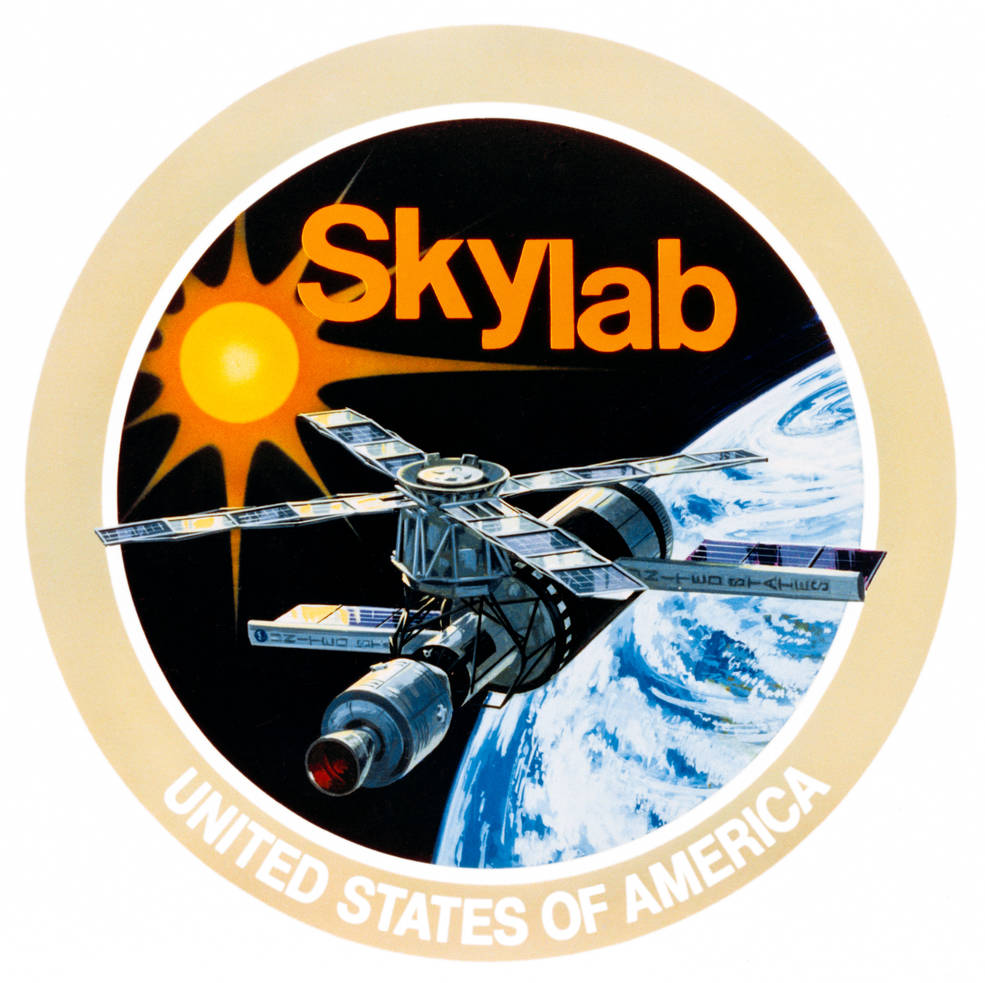
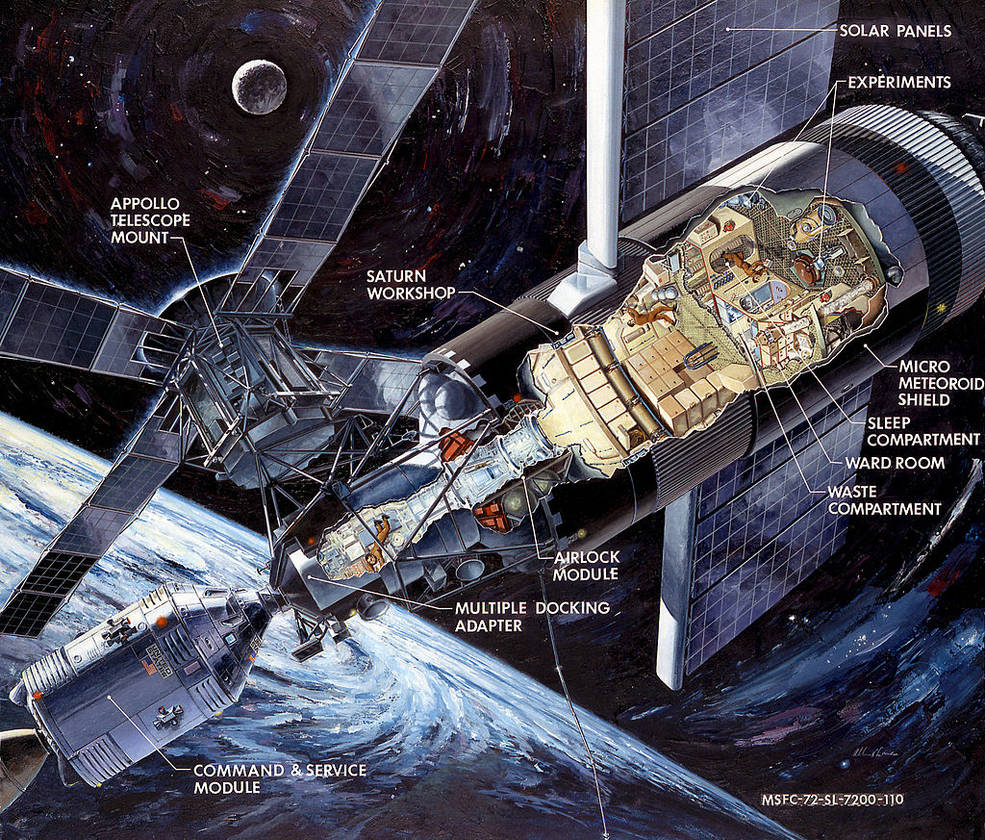
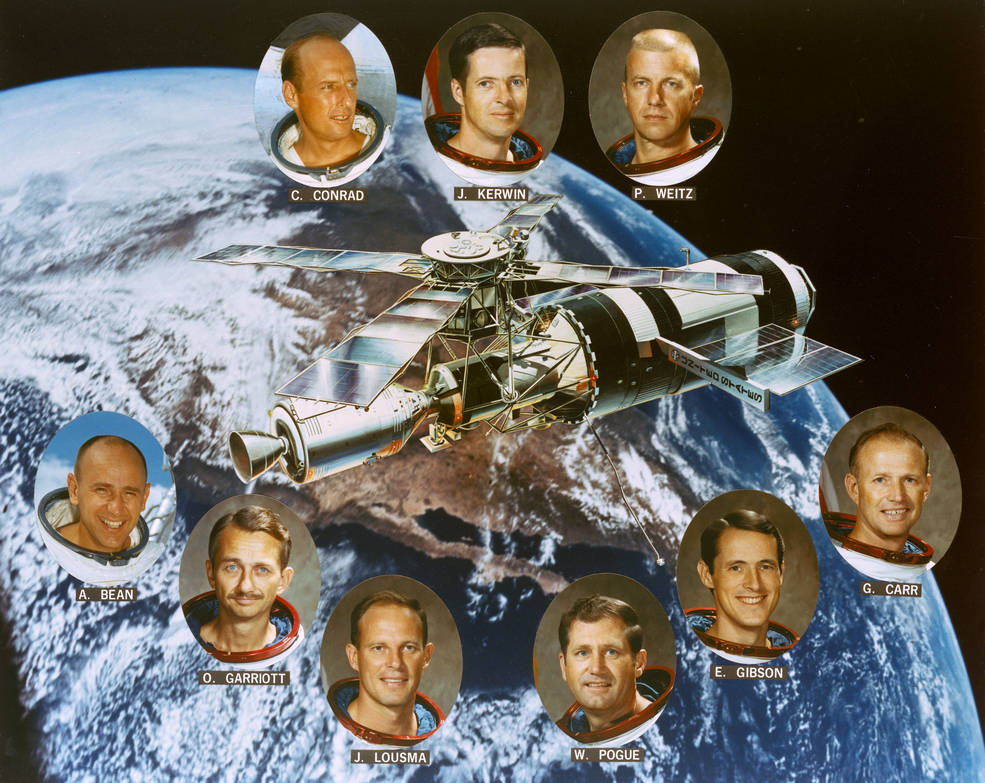
Skylab Program patch (left). Illustration of the Skylab space station and its components as it would have appeared without the damage incurred at launch (middle). Composite of the three three-person crews who completed long-duration missions aboard the space station (right).
On May 14, 1973, the final Saturn V rocket thundered off Launch Pad 39A at Kennedy Space Center to lift the Skylab space station into orbit. About 63 seconds into the mission, telemetry indicated premature deployment of the micrometeoroid shield, designed to protect the station from debris and also act as a thermal blanket. Debris from the torn shield jammed one of the station’s large solar arrays and aerodynamic forces tore the other panel completely off. Skylab made it to orbit, but it was underpowered and rapidly overheating. Mission managers delayed the launch of the first crew by 10 days as engineers devised ways to save the station. Once on orbit, the Skylab-2 crew deployed a sunshade to cool the station and eventually free the stuck solar panel, saving the program.
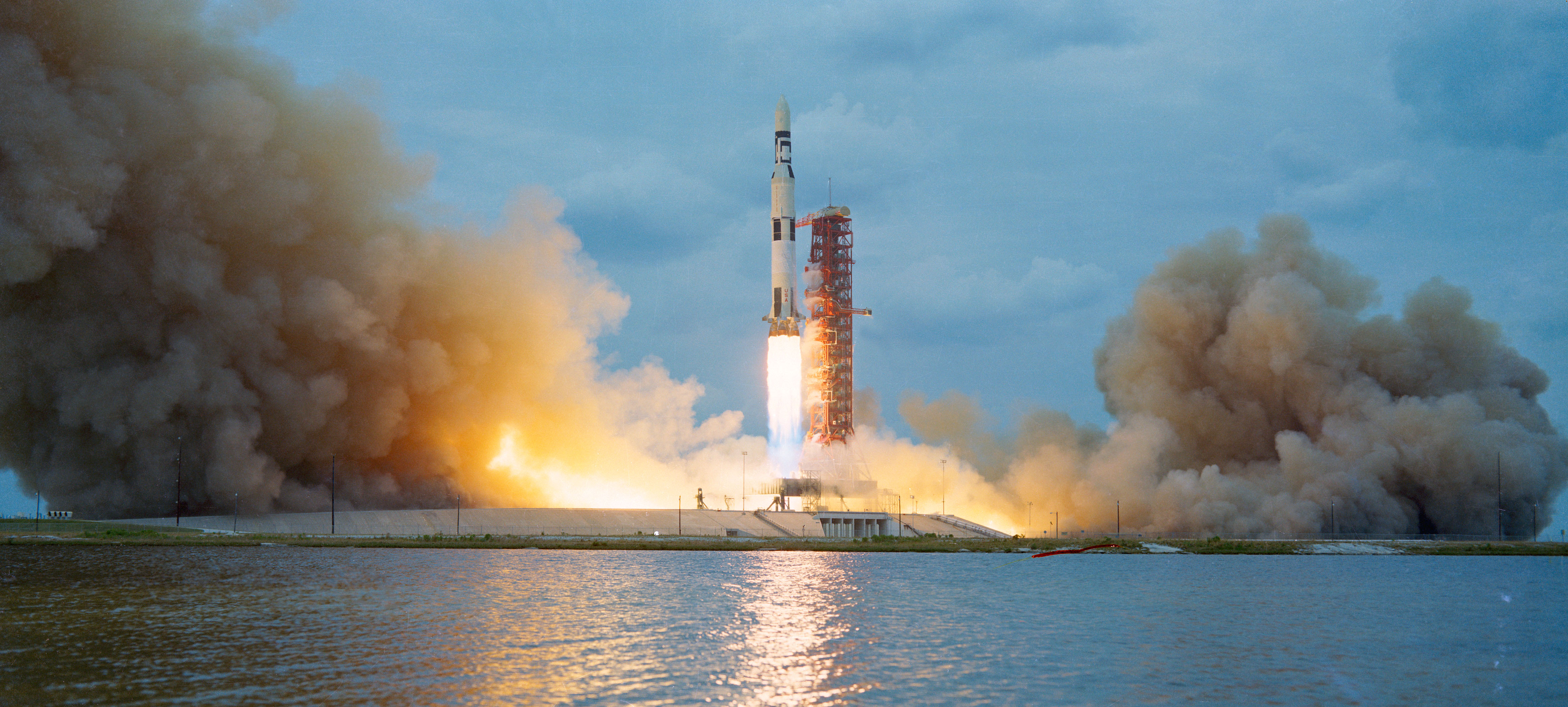
Launch of the Skylab space station on May 14, 1973. It was the final launch of a Saturn V rocket.
In all, three successive three-person crews spent 28, 59 and 84 days, respectively, aboard the space station, and as a platform for conducting scientific research Skylab proved its value. The biomedical investigations carried out by the nine Skylab crewmembers provided our first glimpse into the effects of long-duration spaceflight on the human body and how to prevent some of the more deleterious effects. The ATM solar telescopes took more than 170,000 images for astronomers, while Earth scientists received 46,000 photographs. In nearly every science discipline, the astronauts exceeded the planned number of investigations. Of significant importance, having humans available for unplanned situations proved highly valuable, from the repair of the space station after its damage at launch, to being able to respond to unexpected events to increase the science return from the mission including observing new solar flares and a comet making a rare passage through the inner solar system. Managers, flight planners, and engineers used the Skylab experience to learn about how to live aboard and operate a long-duration crewed platform in space, passing on lessons learned to later programs like Shuttle-Mir and the International Space Station.
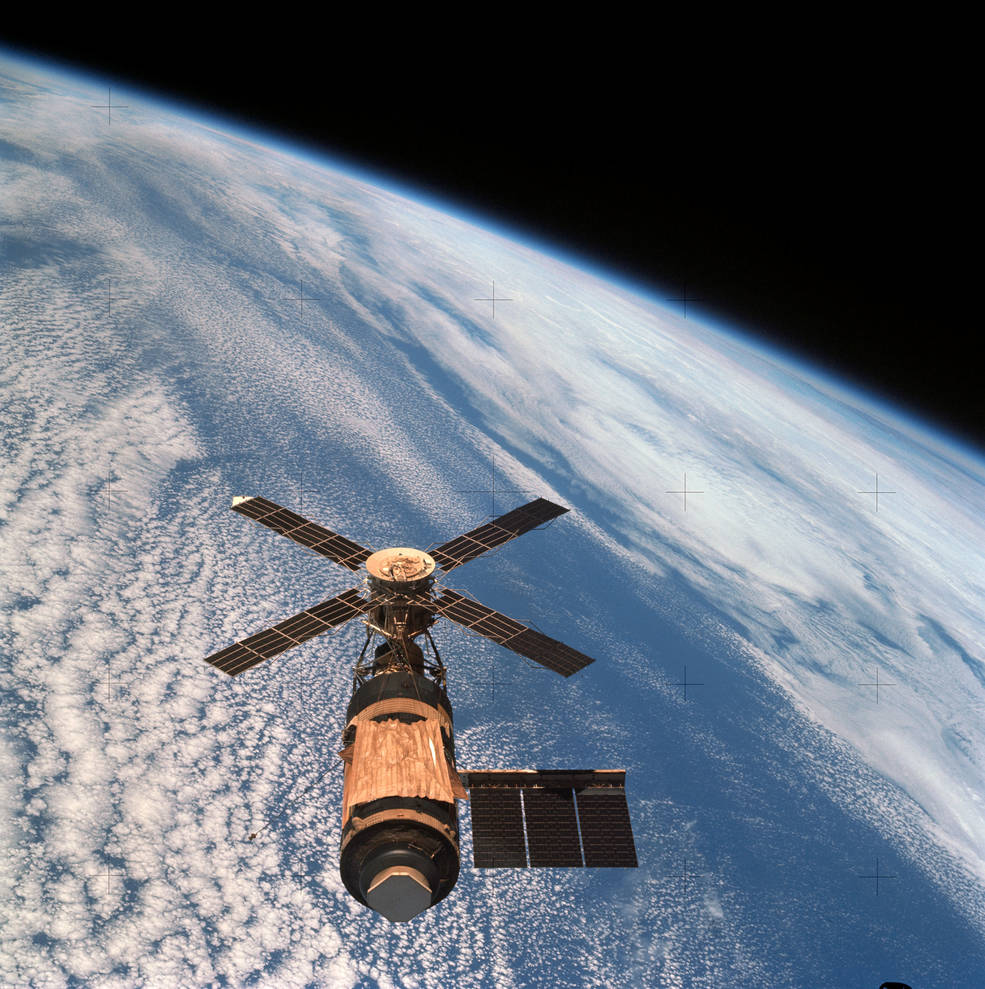
Skylab as it appeared to the final crew upon its departure.
Before leaving the station on Feb. 8, 1974, the Skylab-4 crew boosted it into a higher 269-by-283-mile orbit, in the hope that Skylab would remain in space until 1983. By then, the Space Shuttle would be flying and NASA hoped that astronauts could attach a rocket to the station to either boost it to a higher orbit or safely deorbit it over the Pacific Ocean. But delays in the Shuttle program and higher than expected solar activity resulting in increased atmospheric drag on the station ultimately thwarted those plans. It became apparent that Skylab would reenter in mid-1979, forcing NASA to devise plans to control its entry point as much as possible by adjusting the station’s attitude to adjust atmospheric drag.
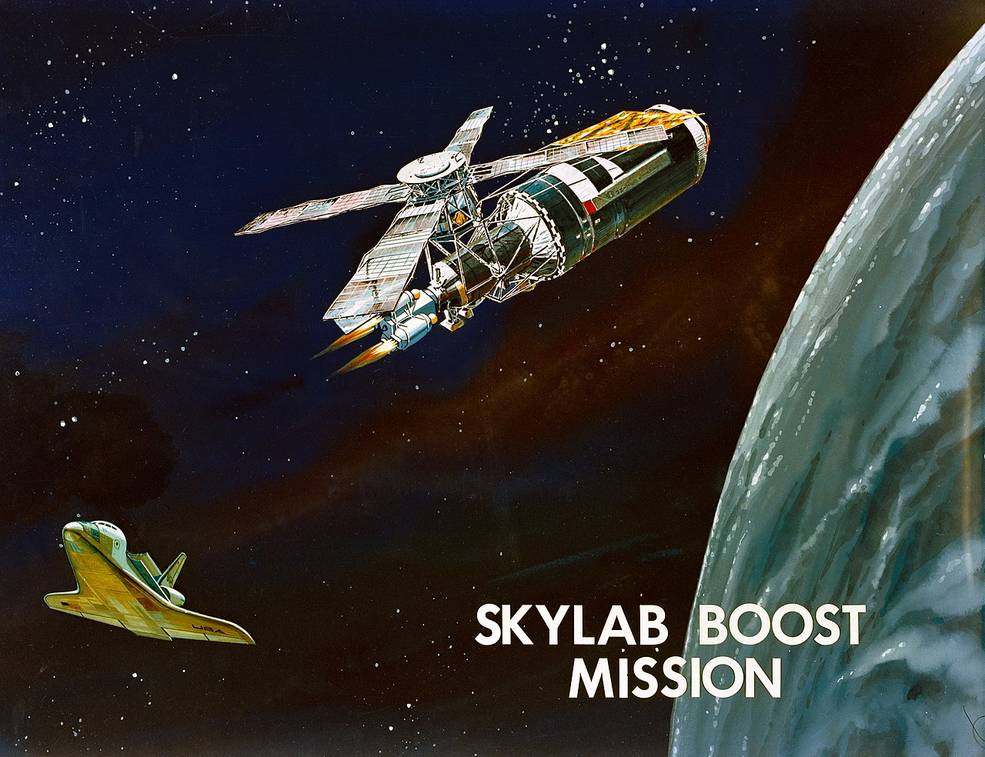
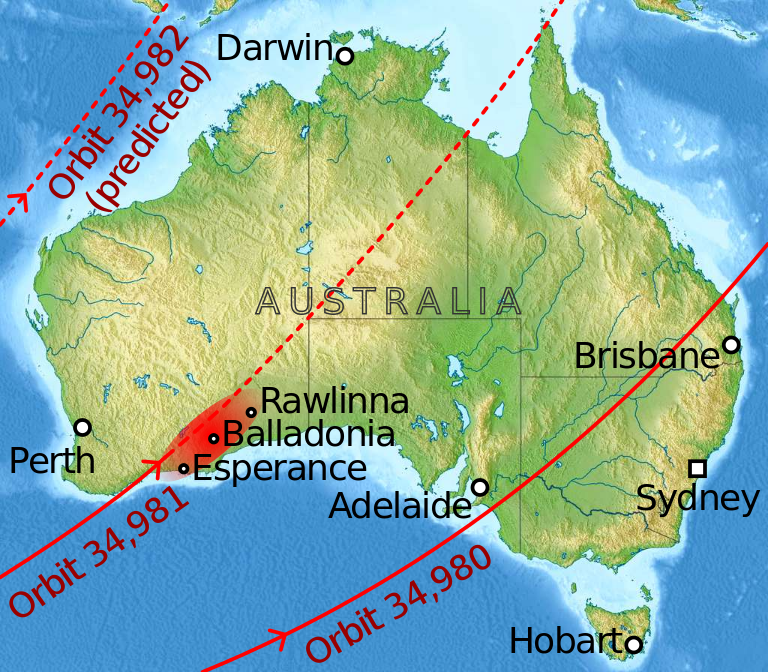
Left: Illustration of a proposed Skylab boost mission by the Space Shuttle.
Right: Ground track of Skylab of its final orbits and the debris footprint in southwest Australia.
On July 11, 1979, during its 34,981st orbit around the Earth, engineers in Mission Control at the Johnson Space Center in Houston sent the final command to Skylab to turn off its control moment gyros, sending it into a slow tumble. This was the best that flight controllers could do to ensure that Skylab would not reenter over a populated area such as North America. They expected that it would begin its breakup over the southern tip of Africa and fall into the Indian Ocean. As it happened, the breakup occurred slightly later and while the majority of the debris that survived reentry did fall into the Indian Ocean, some pieces fell over sparsely populated areas of southern Western Australia. A museum in Esperance houses some of the recovered debris. Skylab Flight Director Charles S. Harlan said in a news conference after the event, “The surprise is over. No more suspense. Skylab is on the planet Earth.”
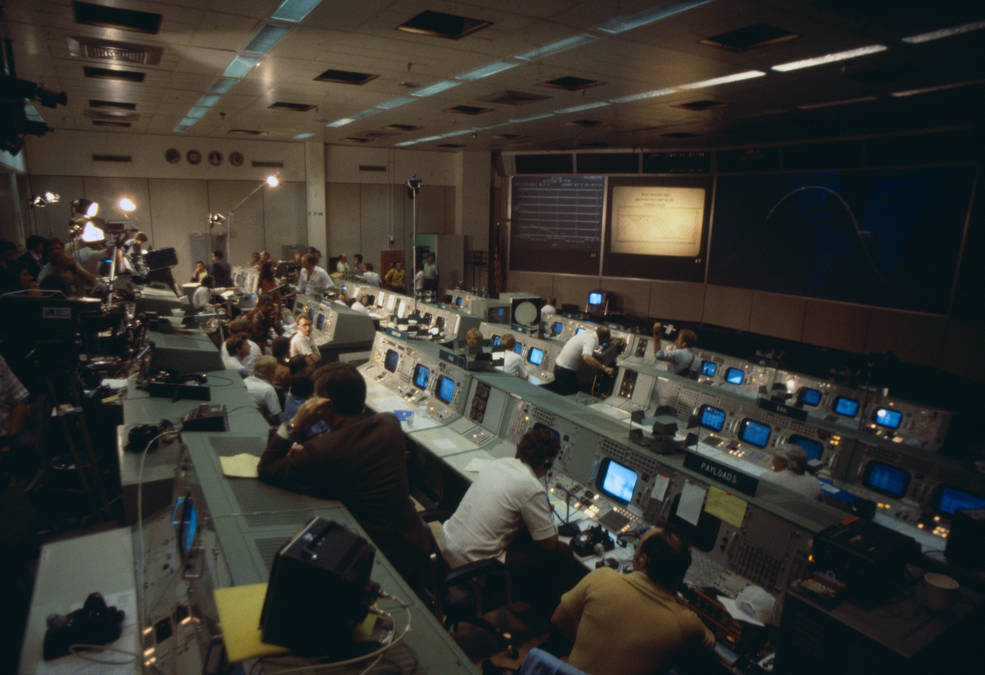
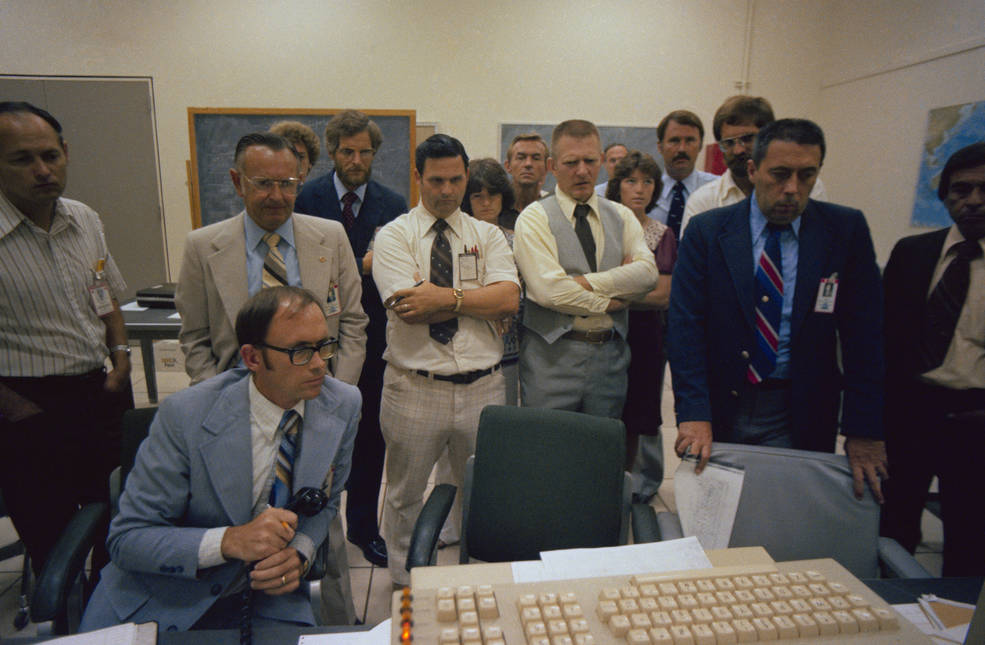
Left: Mission Control in Houston during the Skylab reentry.
Right: Managers and flight controllers monitor Skylab’s reentry.
The backup Skylab OWS is displayed at the Smithsonian’s National Air and Space Museum in Washington, DC, while the Skylab training module is displayed at Space Center Houston.
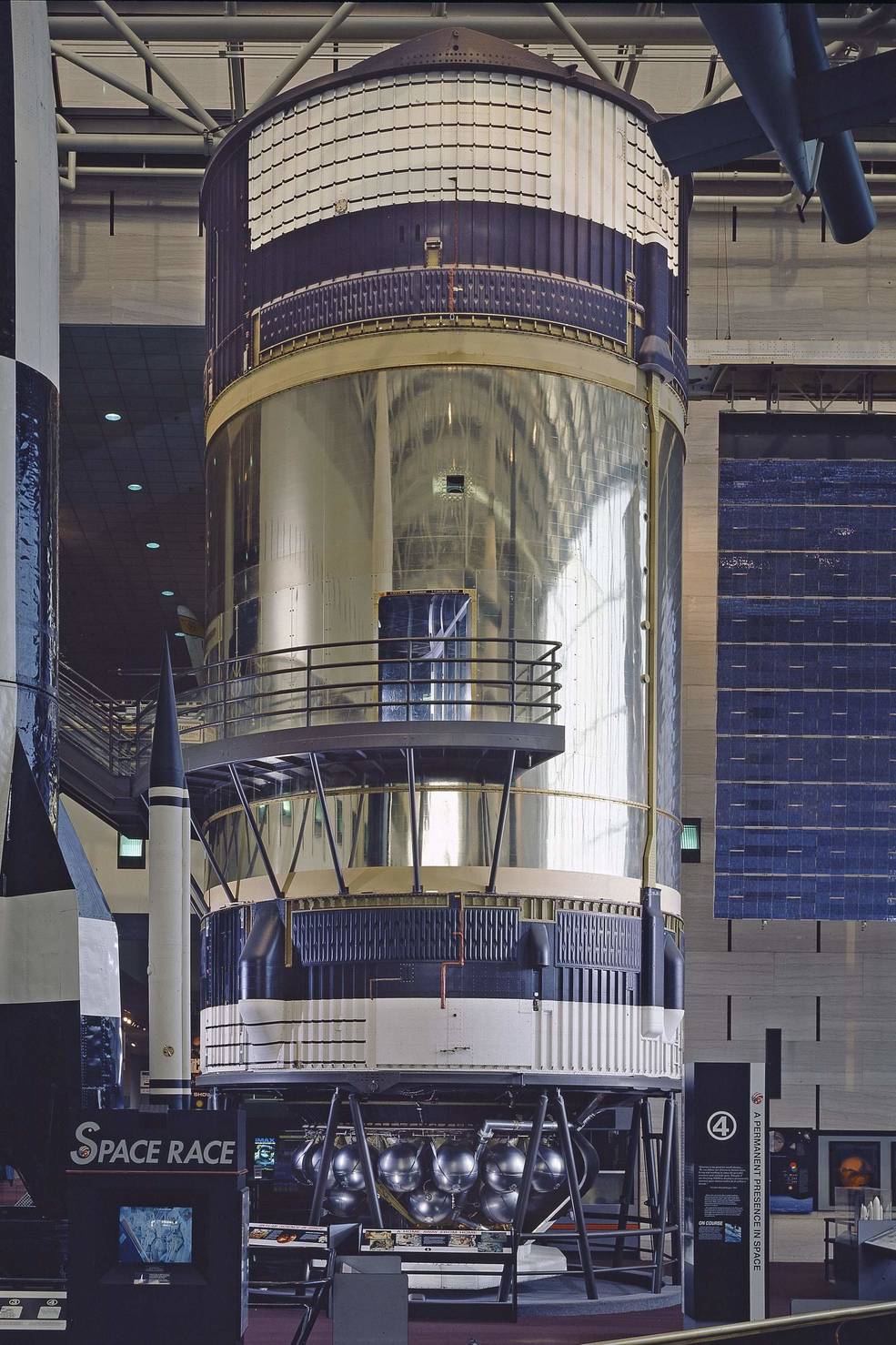

Left: The backup Skylab workshop on display at the Smithsonian’s National Air and Space Museum.
Right: View inside the Skylab trainer on display at Space Center Houston.
Credits: SCH, NASM.

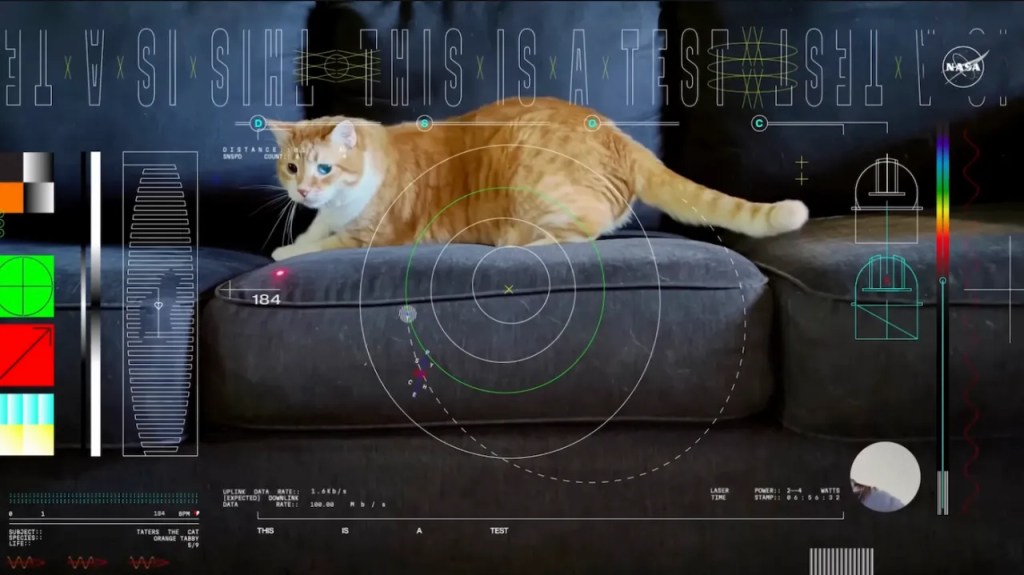

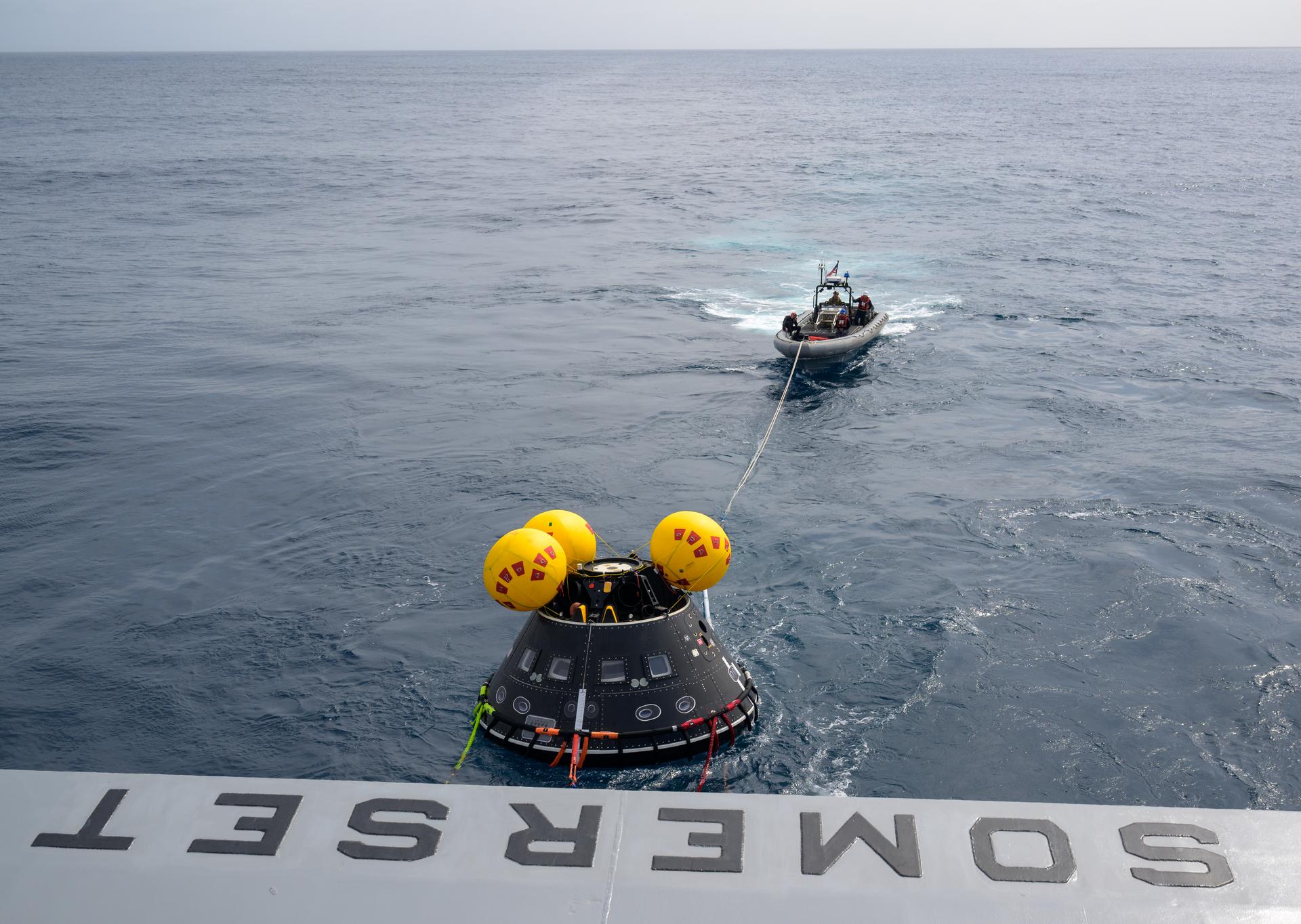



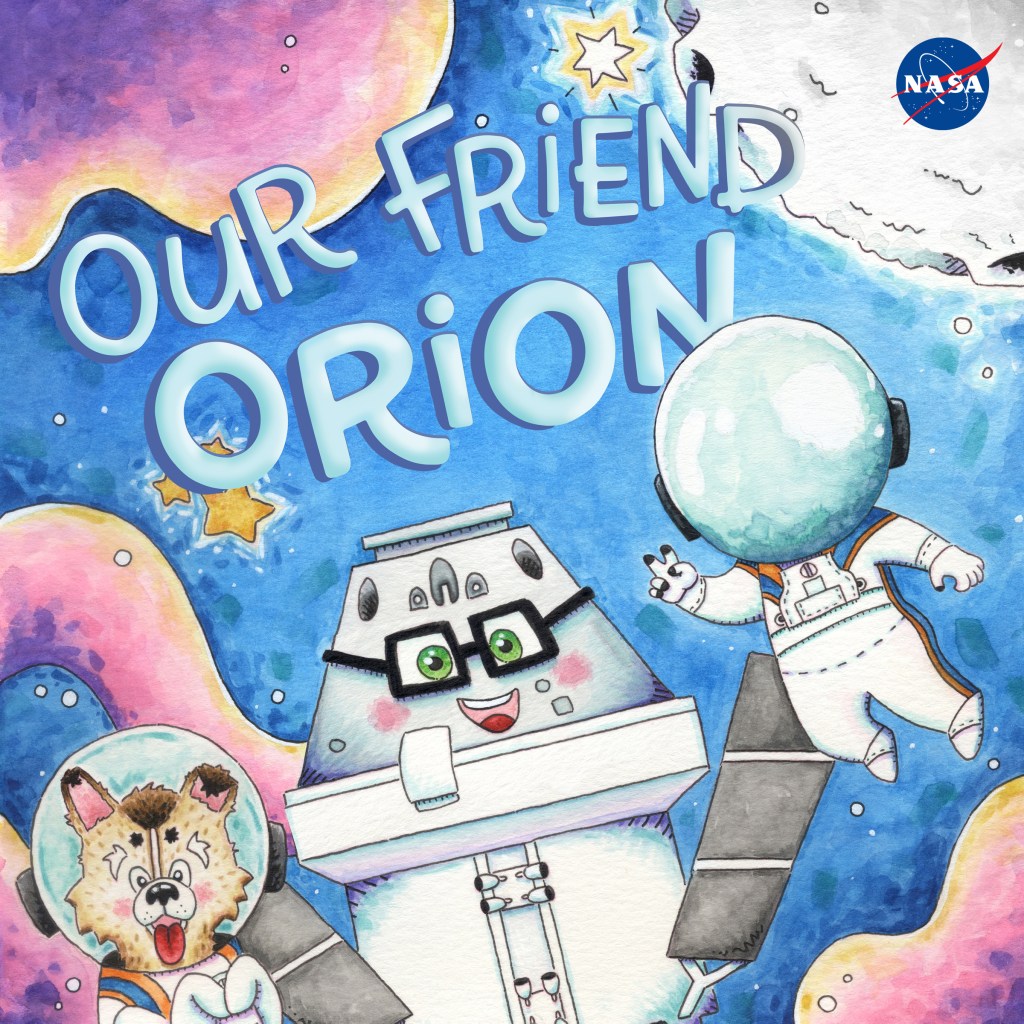





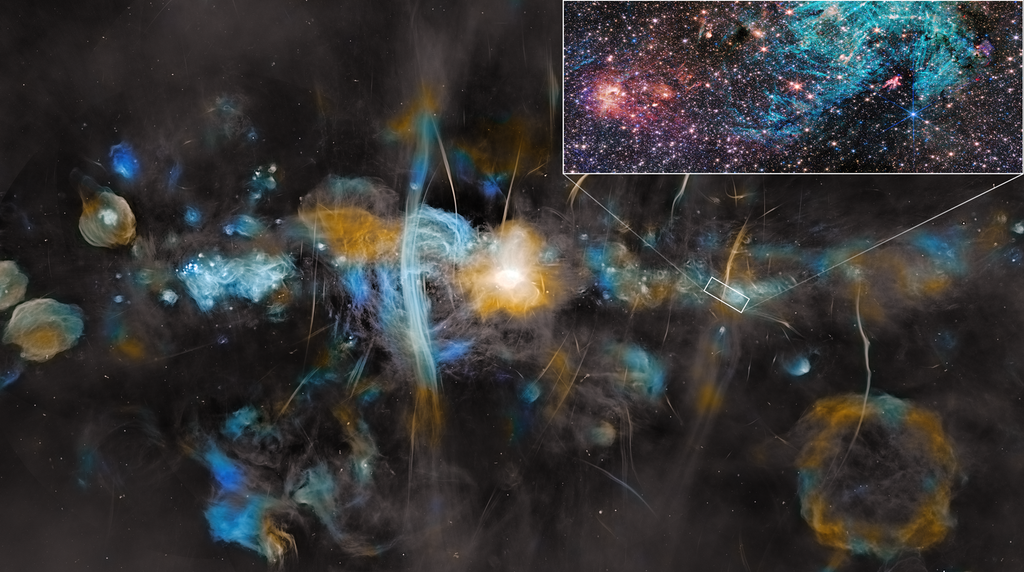


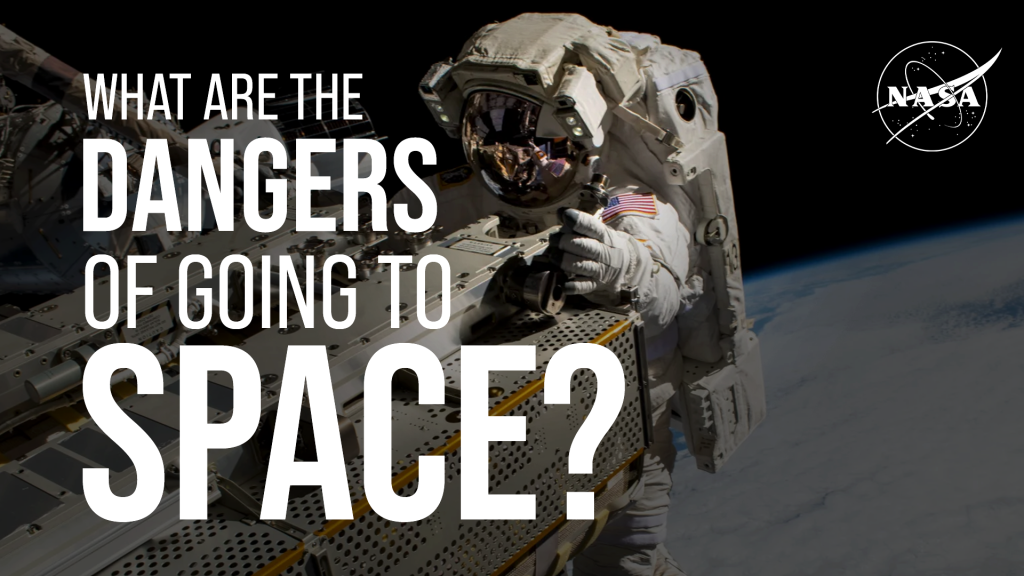
/quantum_physics_bose_einstein_condensate.jpg?w=1024)










